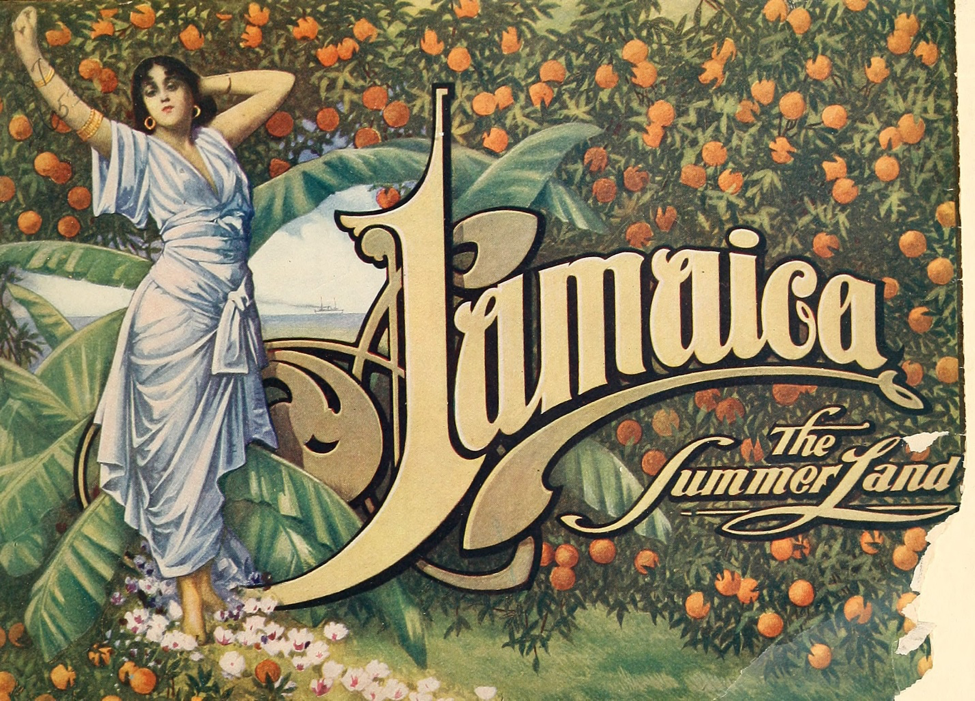Selected Topic in Architectural History and Theory: Leisure, Health, Capital, and Climate: An Architectural History

Jamaica: The Summer Land (Boston: United Fruit Co. Steamship Service and C.B. Wester & Co., 1904). Library of Congress.
ARC3318H S
Instructors: Elliott Sturtevant
Meeting Section: LEC0101
Fridays, 9:00 AM - 12:00 PM
How did we come to travel away from detrimental health conditions and toward places thought to provide climatic cures? And how do these regular migrations impact the environment and urban development on a global scale? This course examines the architecture, landscape, and visual culture of the global tourism industry and its intersections with capitalism and human-induced climate change, beginning in the mid-eighteenth century. Relegating ongoing discussions over the possibilities of sustainable or ecotourism to a concluding session, this course aims to understand the rise of tourism and leisure-based development as fundamental components of capitalism, colonialism, and global warming, and to consider their relation to shifting notions of human health and climate. Unlike the distance in space and time that some of these processes may evoke—that is, the sense that these things were happening “back then” or “out there”—tourism is an intimately familiar practice that offers a readymade foothold to ongoing discussions of urban and environmental crisis. The idea then is to use this familiarity to pose difficult questions about our shared future, filtering debates on the limits, possibilities, and contradictions of “green growth” through the lens of histories of the architectures of leisure.
The course begins with a discussion of the origins of contemporary tourism in the grand tours undertaken by the children of Europe’s landed aristocracy, followed a discussion of how touring shaped aesthetic sensibilities that were imported and then reexported by colonial actors, and a discussion of how tourism was propelled and in turn supported by the growth of new transportation technologies, namely steamboats, railways, and automobiles. The course then shifts to a discussion of how science, industry, and technology combined to shape and reshape views of foreign climates throughout the nineteenth and twentieth centuries, including theories of noxious and healthful airs, the fears and pleasures of “degenerative” heat, debates on bathing and the stimulating effects of steam, and designs on air conditioning and climate engineering. These discussions are then grounded in three sites—frontiers, plantations, and parcs—that are key to understanding the past and present of destination-based travel. The course concludes with a discussion of ecotourism and its discontents, as well as recent calls to “socialize” tourism, and a discussion of what these debates can help us understand about the relationship between society, climate, and the built environment more broadly.
Readings will be supplemented by primary texts and documentary films, as well as presentations by guest speakers working at the intersection of science, tourism, landscape, architecture, and urban development.

